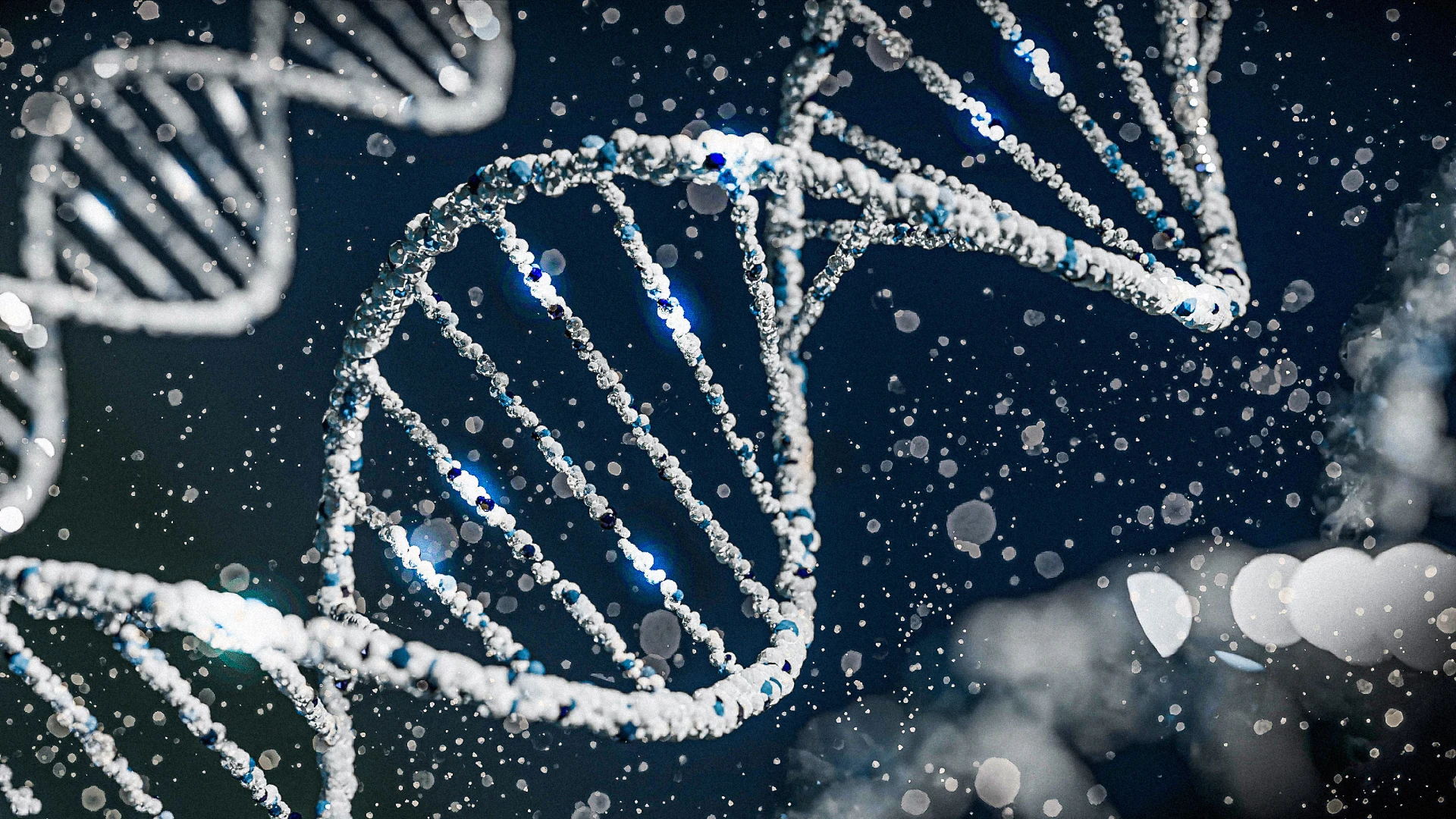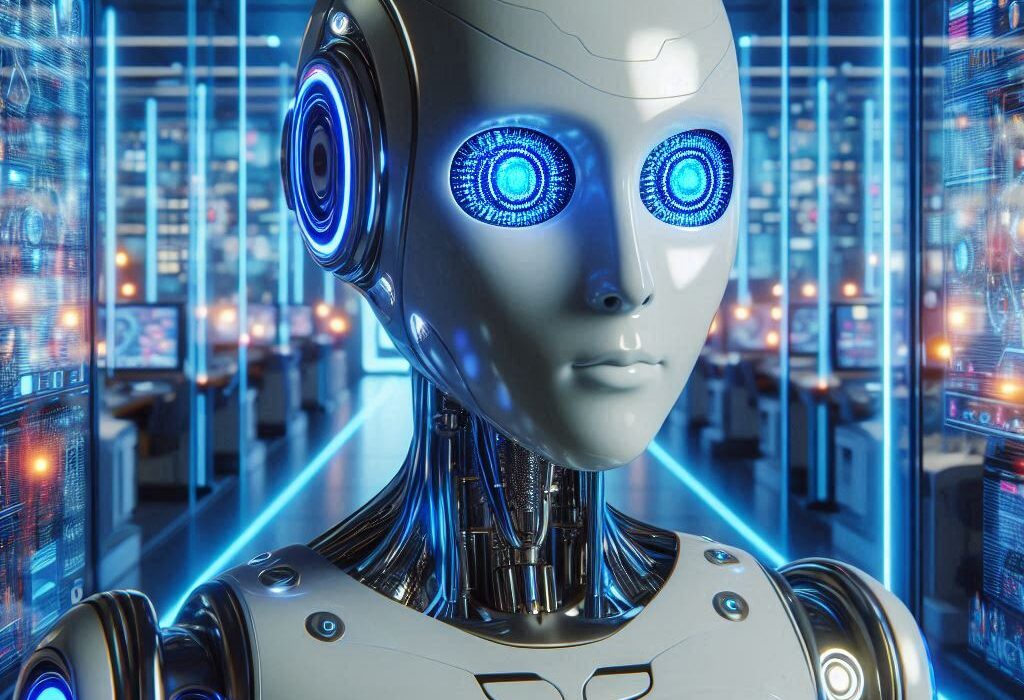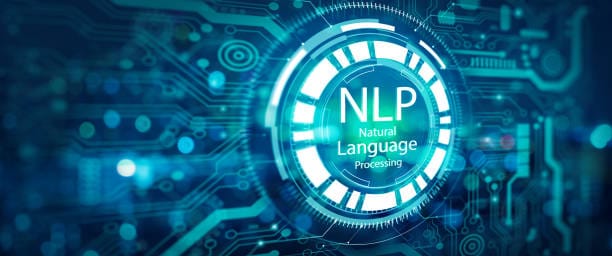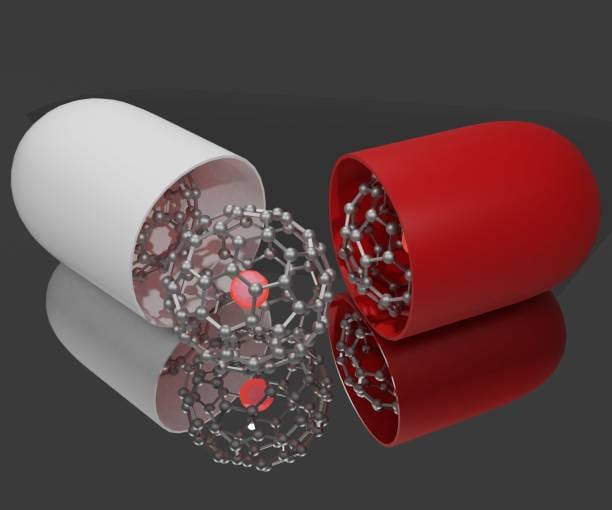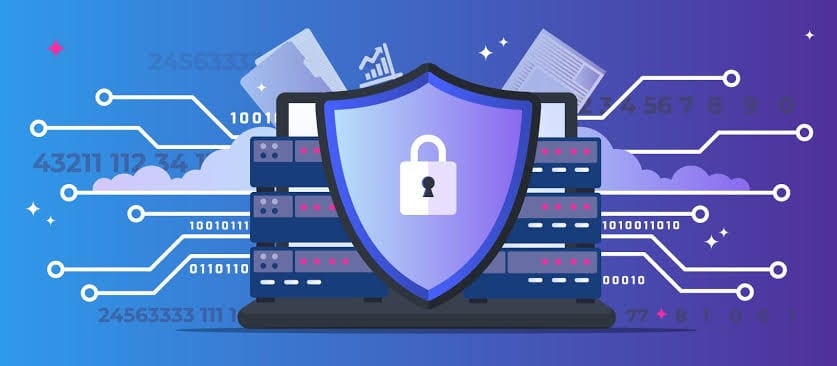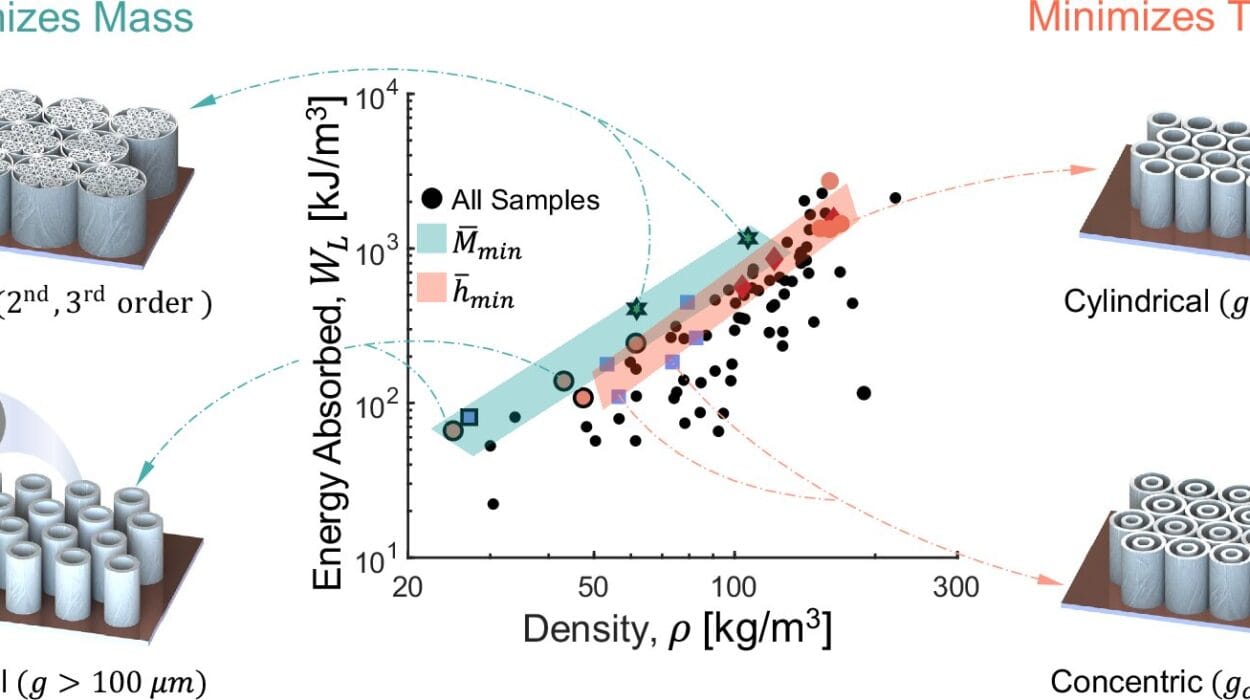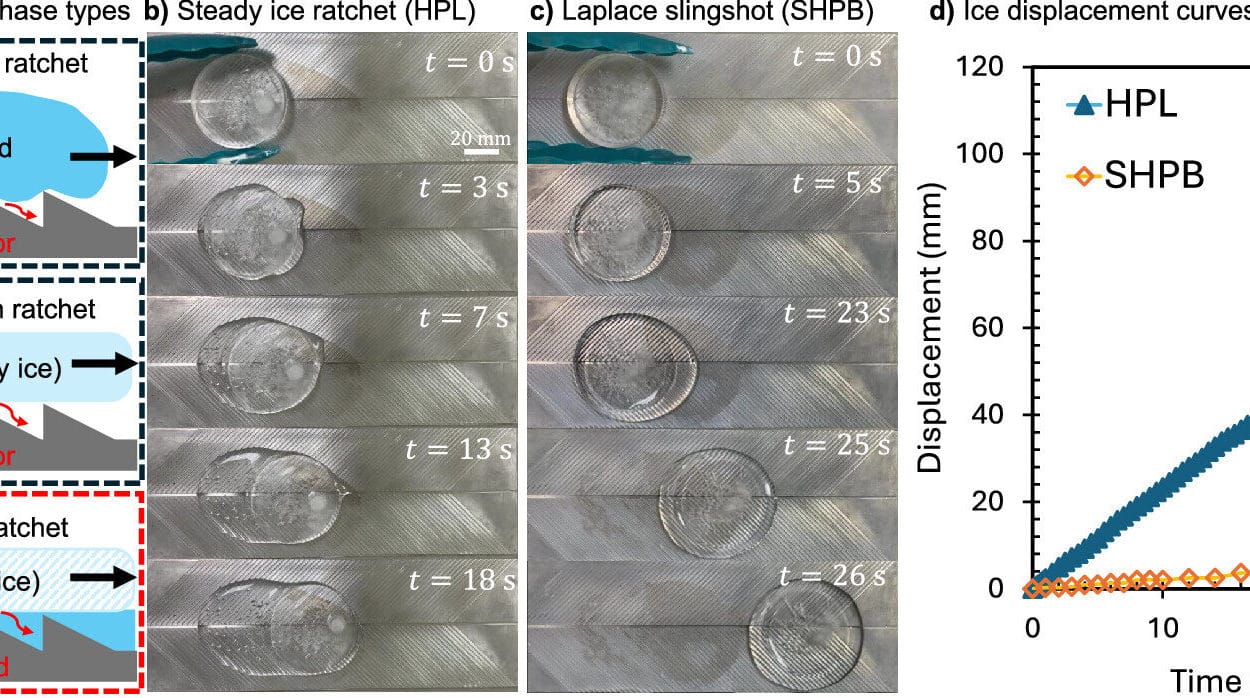In the quiet halls of hospitals, where patients whisper hopes and families cling to answers, something extraordinary is beginning to unfold—not with the familiar rhythm of a heartbeat, but with the whir of algorithms and the hum of servers. Artificial Intelligence, once confined to the imaginations of science fiction writers, is now taking its place beside doctors, nurses, and researchers as a potential healer. But the question is no longer if AI can help us cure diseases. The real question is how far can it go—and what we will become in the process.
Medicine is, at its heart, a profoundly human art. It is shaped by compassion, empathy, and centuries of trial and error. Yet it is also a field overwhelmed by data—too many test results, genetic codes, and clinical notes for any one human to master. In this sea of complexity, AI emerges not as a replacement for the human doctor, but as an amplifier of human potential. With its capacity to learn patterns, process vast quantities of information, and make probabilistic predictions, AI holds the tantalizing promise of revolutionizing the way we understand, detect, and treat illness.
The journey of AI in medicine is just beginning. But already, it is reshaping what we believe is possible.
Diagnosing the Invisible
One of the earliest—and most astonishing—successes of AI in healthcare came in the realm of diagnosis. Consider the task of spotting a cancerous lesion in a sea of healthy tissue. Human radiologists are remarkably good at this, but not infallible. Fatigue, distraction, and subtle variations can cloud even the most trained eyes. In contrast, AI systems trained on thousands of annotated medical images can detect patterns with astonishing precision—sometimes catching early signs of disease that even seasoned professionals might miss.
In one landmark case, researchers developed an AI model that could diagnose breast cancer from mammograms with greater accuracy than human radiologists, reducing both false positives and false negatives. The model didn’t “see” like a human—it processed pixel-level data, identified statistical anomalies, and inferred probabilities. But the result was a diagnostic tool that could sift through scans tirelessly, objectively, and rapidly.
Another AI system, trained on retinal scans, learned to identify signs of diabetic retinopathy—a leading cause of blindness—long before symptoms emerge. These systems do not simply automate what humans do; they augment human ability, detecting the undetectable.
Yet the power of AI diagnosis extends far beyond images. Natural language processing (NLP) tools are now parsing through millions of electronic health records, lab notes, and physician dictations to detect patterns that correlate with diseases. AI can find connections between symptoms, drug histories, and genetic markers that would take a human team years to analyze. In diseases where early diagnosis is critical—like sepsis, certain cancers, or neurodegenerative disorders—this speed could mean the difference between life and death.
The Genome Whisperer
If the 20th century taught us how to manage disease, the 21st is showing us how to predict and prevent it. And nowhere is this shift more evident than in genomics. Our DNA, the 3-billion-letter code that writes the story of our bodies, holds the key to countless diseases. But decoding that story is no small feat. Enter AI.
With AI, scientists can now analyze genomic data at an unprecedented scale. Algorithms trained on massive datasets are uncovering mutations linked to everything from Alzheimer’s disease to rare genetic syndromes. More importantly, they are identifying combinations of genetic variations that increase disease risk—patterns so complex they would be invisible to human eyes.
Take cancer genomics, for example. AI models are helping to differentiate between driver mutations—those that cause cancer—and passenger mutations—those that are incidental. This distinction is critical: it helps oncologists target the real culprits and design more effective, individualized treatment plans.
In another groundbreaking area, AI is helping researchers understand gene expression: how and when genes are turned on or off. In autoimmune disorders and psychiatric conditions, subtle disruptions in gene regulation can lead to serious illness. By modeling these disruptions, AI opens the door to interventions that correct the imbalance at its source, potentially halting disease before it takes hold.
These tools are also unlocking hope for rare diseases, many of which affect only a few hundred people worldwide. Traditional pharmaceutical companies often overlook such conditions because of low financial return. But AI can comb through genomic data, find similarities with known diseases, and suggest potential drug targets—reviving research in areas that had long been abandoned.
Designing Tomorrow’s Cures
If diagnosing disease is the first frontier of AI in medicine, designing new treatments may be its most transformative.
Drug discovery has traditionally been a slow, expensive process. It takes, on average, over a decade and billions of dollars to bring a single drug to market. Most fail somewhere along the way. But what if we could simulate this process virtually—using AI to model how molecules interact, predict side effects, and identify promising compounds in a matter of days?
This is not speculation. In 2020, the first AI-designed drug entered clinical trials in Japan—an experimental therapy for obsessive-compulsive disorder. The drug, developed using deep learning algorithms to scan and optimize chemical structures, went from concept to clinical trial in under 12 months—a process that would typically take five years or more.
AI systems are now being used to design antibiotics to combat drug-resistant bacteria—one of the most urgent global health threats. By modeling the physical interactions between bacterial proteins and drug candidates, AI can suggest novel compounds that would never occur to human chemists.
Even more futuristic are generative models that use reinforcement learning to create entirely new molecular structures based on desired outcomes. These are not just tools—they are co-inventors, crafting medicines that reflect both the logic of chemistry and the adaptive intelligence of machines.
The Doctor Who Never Sleeps
Beyond the lab and the clinic, AI is entering the world of everyday care. Virtual health assistants—chatbots powered by language models and decision trees—are helping triage symptoms, remind patients to take medications, and monitor chronic conditions. In rural or underserved areas, where doctors are few and far between, these tools offer a lifeline.
AI-driven mobile apps are helping diabetics manage blood sugar by analyzing diet, activity, and insulin levels in real-time. Wearable devices track heart rhythms and alert users to signs of atrial fibrillation, often before they feel a single symptom. These systems offer personalized insights, nudges, and alerts tailored to each individual—something no human clinician could sustainably provide to millions.
In hospitals, AI is being used to optimize workflows, reduce wait times, and predict which patients are at risk of readmission. Algorithms monitor ICU patients continuously, flagging subtle changes that could indicate deterioration hours before it’s visible to the care team.
While these applications may not “cure” disease in the traditional sense, they play a vital role in managing health proactively, preventing complications, and supporting patients long before crisis hits.
The Ethics of Intelligence and Empathy
With great power comes profound ethical responsibility. As AI steps further into the role of healer, society must grapple with difficult questions. Who is accountable if an AI makes a diagnostic error? Can a machine ever truly understand pain, grief, or consent? How do we protect patient privacy in a world where data is currency?
Bias in algorithms is another urgent concern. If training data reflects historical inequities—such as underdiagnosis of certain conditions in women or people of color—AI could perpetuate or even amplify these injustices. The tools we create reflect the world we live in. If that world is flawed, so too will be the algorithms it births.
There are also deep philosophical questions. Is there a line we should not cross? Should we design AI to make end-of-life decisions? To recommend termination of pregnancies based on genetic risk? To prioritize one treatment over another in a resource-limited crisis?
Answering these questions requires not just technologists, but ethicists, patients, doctors, and communities. It requires a new kind of dialogue—one that blends silicon and soul.
A Partnership, Not a Replacement
Despite the hype, AI is not replacing doctors. Nor should it. What it offers is something more subtle and more powerful: partnership. AI can process, suggest, alert, and analyze. But it cannot comfort a dying patient, navigate cultural nuance, or weigh the emotional complexities of care. That is the domain of the human healer.
The most promising vision of AI in medicine is one of augmentation, not automation. The AI becomes a second set of eyes, a tireless assistant, a library of knowledge that updates in real-time. The physician, in turn, becomes more focused, more informed, and more human—freed from data overload to connect with the patient at a deeper level.
Already, medical schools are beginning to teach future doctors how to work with AI systems—how to question their outputs, verify their sources, and understand their limitations. This is not just a technical skill, but a new kind of literacy. In the years to come, the ability to think with machines may become as essential as the stethoscope.
A Glimpse of the Future
In a quiet lab in London, an AI system recently discovered a new antibiotic compound by analyzing over 100 million molecular structures—something no team of humans could do in a lifetime. In a hospital in New York, another AI warned doctors of sepsis in a patient hours before symptoms became critical. And in a small village in India, a woman received a diabetes diagnosis via an AI-powered eye scan, saving her from a future of blindness.
These are not isolated miracles. They are glimpses of what is coming.
Imagine a world where cancer is detected before the first cell divides abnormally. Where new pandemics are anticipated and defused before they spread. Where every person has access to a personalized health advisor that knows their genes, their habits, and their needs. This is not a utopia. It is a possibility—one that hangs in the balance of human wisdom, compassion, and courage.
The Heart Behind the Code
In the end, AI is a reflection of us—our questions, our fears, our hopes. It is a tool, yes, but also a mirror. As we train it to recognize disease, we must also teach it to reflect our values. As we program it to analyze, we must also guide it to understand what truly matters.
The story of curing disease has always been a story of collaboration—between nurse and patient, scientist and subject, surgeon and soul. Now, we are inviting a new player into that ancient dance. The machine brings its cold logic and infinite memory. We bring our empathy, creativity, and care.
Together, perhaps, we will write a new chapter. One where healing is not limited by ignorance or chance. One where the boundary between biology and code blurs, and we emerge not diminished, but more whole.
